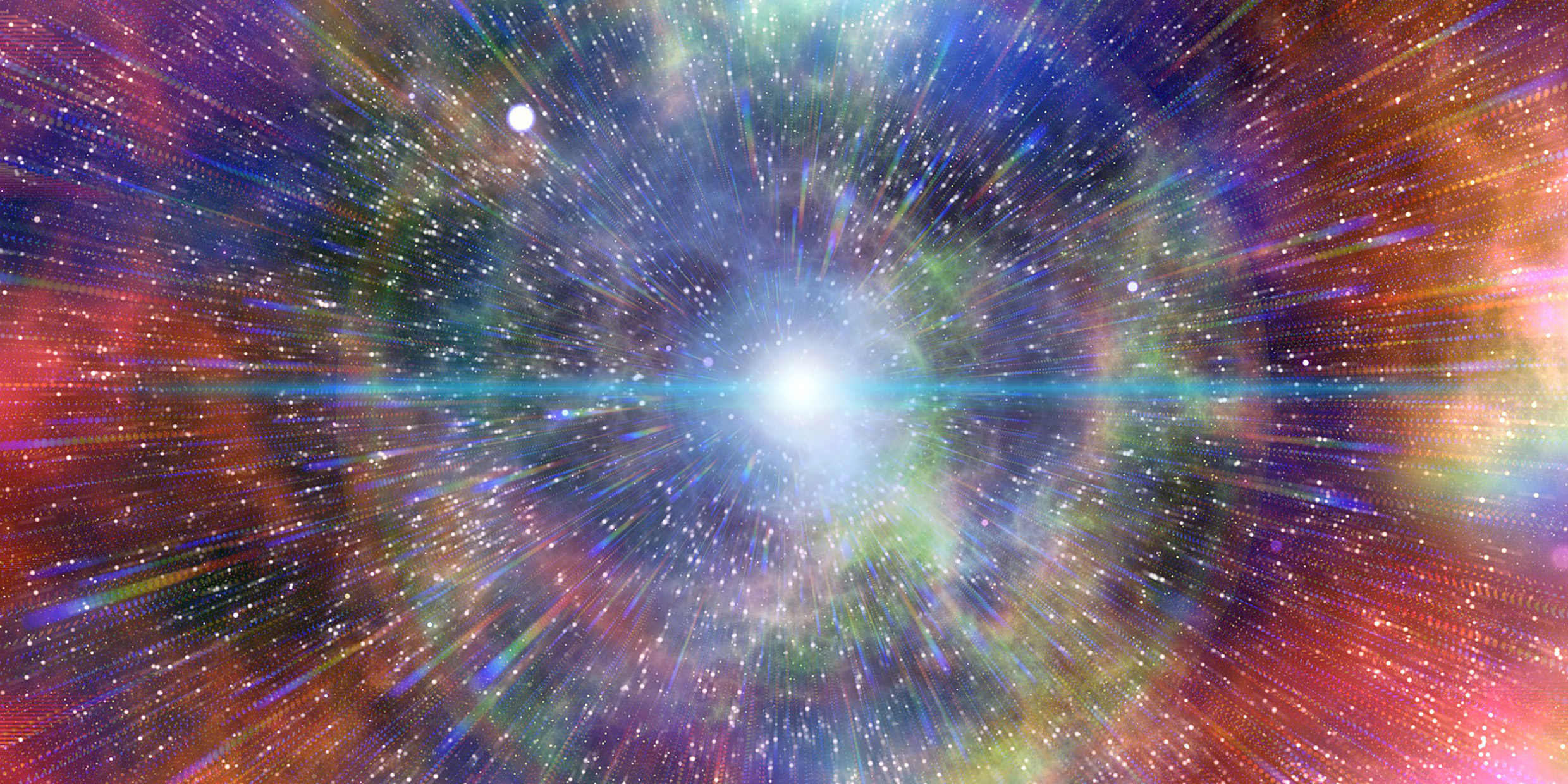Originally published 3 October 1994
Holey moley! Check out the full-page color ad in the New York Times Book Review two Sundays ago.
It gushes: “Renowned physicist Frank J. Tipler has found what surely must be the most dramatic scientific proof of all time. His mathematical model of the end of the universe, the Omega Point Theory, leads to the stunning conclusion that God exists, that there is a heaven, and that there will be a resurrection. In easy-to-follow layman’s language he explains the theory and its historic consequences for our lives, our systems of belief, and our world.”
As if that were not enough: “The clash between science and religion began with Galileo. It ends here.”
Wow! The most dramatic scientific proof of all time. God, heaven, and resurrection — all deduced from the laws of physics in Tipler’s new book, The Physics of Immortality: Modern Cosmology, God, and the Resurrection of the Dead, published by Doubleday.
You’ve gotta be kidding.
It turns out that Doubleday’s blurb writers can’t hold a candle to Tipler’s own overheated hyperbole. He writes in the introduction: “If any reader has lost a loved one, or is afraid of death, modern physics says, ‘Be comforted, you and they shall live again.’ ”
The Omega Point theory is science, Tipler claims, “arrived at in exactly the same way as physicists calculate the properties of the electron.” Indeed, with the Omega Point, religion becomes a part of physics: an experimentally verifiable — or falsifiable — proof of a personal, omniscient, omnipresent, all-powerful God, and of the resurrection of every human to live again in bliss.
The Omega Point theory answers the biggest questions asked by the human mind, says Tipler: Who am I? Why am I here? What will be my ultimate fate?
He’s wrong. The biggest questions that come to my mind are: Why did Tipler write this book? Why did Doubleday publish it? Why would anyone shell out $24.95 to buy it?
First of all, don’t be fooled by that “easy-to-read layman’s language” claim. I would be surprised if any editor at Doubleday or anyone in its advertising department understands the physics behind the theory. I don’t, and I was trained as a physicist.
Also, keep in mind that Tipler does not even believe his theory himself, at least not yet. He tells us, on page 305, that so far there is no evidence in its favor but theoretical beauty. Yet this “theoretical beauty” of a highly speculative and impossibly abstract mathematical theory is supposed to console us upon the death of a loved one.
Poppycock. Pure messianic delusion.
Tipler is a professor of mathematical physics at Tulane University, erudite, broadly knowledgeable, and highly intelligent. His book is replete with references to writers as various as Heidegger, Aquinas, and St. Paul. The long scientific appendix is chock-a-block with complex mathematical equations. This guy takes what he’s doing seriously.
What’s at the heart of it? Tipler assumes (as do most scientists) that the universe began with a Big Bang from a mathematical singularity that contained all that exists today in a state of pure energy at infinitely high temperature. The universe is still expanding from the primeval impetus.
Tipler then assumes that the mass density of the universe is such that the expansion will slow down and give way to contraction (there is no convincing observational evidence that this is the case). If so, then the universe will end in another singularity, sometimes called the Big Crunch, but called the Omega Point by Tipler.
He defines life as information-processing. Our “self” is no more than an enormously complex computer program. In the final collapse of the universe to the Omega Point, all of the programs of every person that ever existed (and who ever could have existed) will be recreated in the mind of an all-seeing, all-loving God that Tipler identifies with the universe itself.
That’s the gist of it, although my brief description hardly does justice to the details. If you can find in such a theory the consolations of philosophy, then you are welcome to them.
I could try to reduce Tipler’s arguments to absurdity, but there’s no need. He does it himself with more flair than I could muster.
For example, take his discussion of sex in the afterlife. “My students — mainly young unmarried males — often ask me, “Will there be sex in heaven?’ ” writes Tipler. He answers “yes.” Indeed, the all-powerful Omega Point will be able to match every young unmarried male with the most beautiful woman he has ever known — no, with the most beautiful woman who is logically possible.
Tipler wonders if the nervous system of the resurrected individual will be able to stand so much beauty, and (with a mathematical hand-wave) answers in the affirmative.
If the possibility of pure requited love in the Big Crunch afterlife sounds good, then for $24.95 you can have the whole eschatological enchilada. As for myself, if I wanted to believe in an afterlife — with or without sex — I could find better reasons for doing so in any church on the planet.
The end of the clash between science and religion? Hardly. The most dramatic scientific proof of all time? Give me a break. This is the kind of pseudo-physical mysticism that gives physics a bad name.



